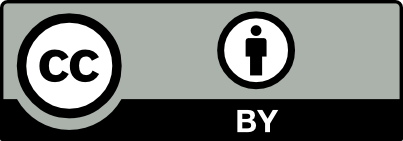Related Variety of Regional Smart Specialization Strategies
Artykuł w czasopiśmie
MNiSW
100
Lista 2021
| Status: | |
| Autorzy: | Pylak Korneliusz, Warowny Tomasz |
| Dyscypliny: | |
| Aby zobaczyć szczegóły należy się zalogować. | |
| Rok wydania: | 2021 |
| Wersja dokumentu: | Elektroniczna |
| Język: | angielski |
| Numer czasopisma: | Special Issue 2 |
| Wolumen/Tom: | 24 |
| Strony: | 534 - 544 |
| Efekt badań statutowych | NIE |
| Materiał konferencyjny: | NIE |
| Publikacja OA: | TAK |
| Licencja: | |
| Sposób udostępnienia: | Otwarte czasopismo |
| Wersja tekstu: | Ostateczna wersja opublikowana |
| Czas opublikowania: | W momencie opublikowania |
| Data opublikowania w OA: | 30 czerwca 2021 |
| Abstrakty: | angielski |
| Purpose: The paper seeks to find the related variety of smart specialization strategies in European regions. Design/Methodology/Approach: We apply the product space methodology of Hidalgo et al. (2007) to identify the most frequent occurrences of specialization in industry, scientific or policy domains in regional innovation strategies and construct a matrix of their co-occurrences. Findings: Although to some extent regions utilize unrelated variety, i.e., homogeneous industry sections, scientific or policy domains, most regions benefit from cross-linkages between sections and domains (related variety). This latter variety may be grouped into two interconnected domains: (1) quality of life and well-being, including high-tech products that facilitate various spheres of social and economic life; (2) sustainable urban development with smart cities, green transportation, and energy conservation and effectiveness. Practical Implications: Tracing the related variety of smart specializations may facilitate an understanding of the localization and urbanization economies that benefit regions and the mechanisms behind entrepreneurial discovery processes. Moreover, the results can show the extent to which regions can differentiate themselves from others. Originality/Value: The product space methodology has not been applied to smart specializations to date. Based on this methodology and network analysis, the study provides the most common related varieties present in regional strategy documents, which can be analyzed in more detail in future research. |

